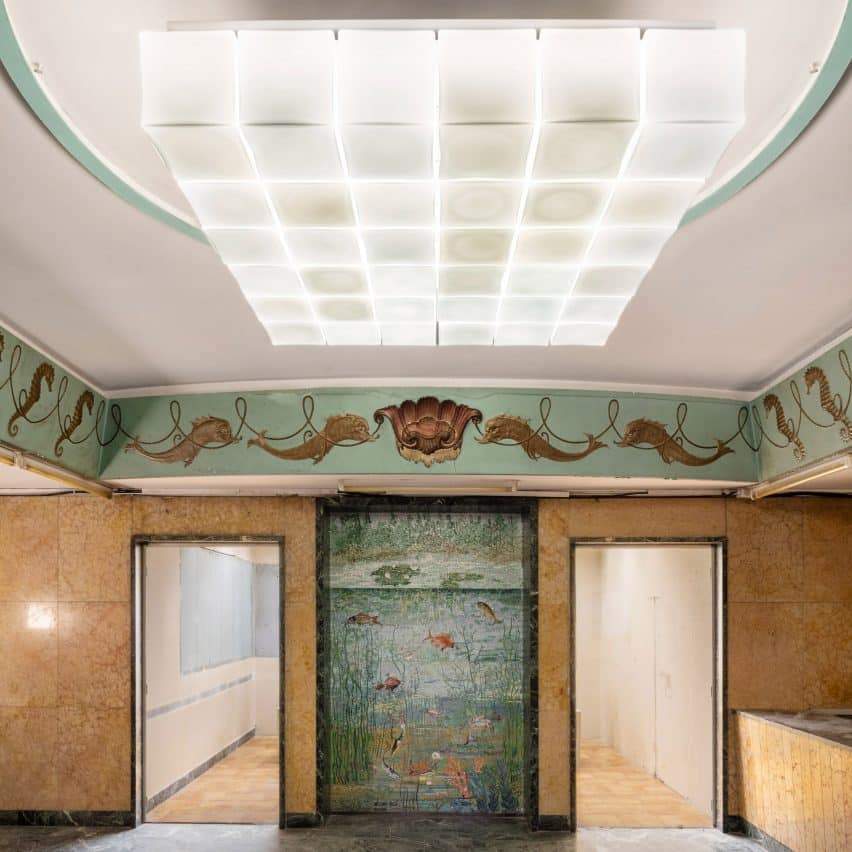A Sustainable Sofa by Paul Crofts and Isomi
In a groundbreaking effort to redefine sustainable sofa, Paul Crofts and Isomi have launched Tejo, an innovative modular sofa system crafted from natural cork and latex. The unveiling took place at Clerkenwell Design Week, a premier event in the design calendar. This eco-friendly seating solution represents a significant departure from traditional sofa construction, aiming to minimize environmental impact and set new standards in the industry.
Inspiration and Concept
The conception of Tejo was driven by Crofts’ encounter with cork blocks at a factory in Portugal. Observing these natural materials, he envisioned a sofa that could challenge conventional norms of furniture making. Portugal, renowned for its cork production, provided the ideal backdrop for this innovation. Cork is harvested from the bark of cork oak trees every nine years without harming the trees, making it a sustainable material choice.
Material Innovation
Tejo uses cork for the base and backrest instead of the more common plywood or metal frames. This choice not only leverages the sustainability of cork but also its natural aesthetic and tactile qualities. The filling, traditionally made from polyurethane foam, has been replaced with natural latex wrapped in wool wadding. Polyurethane foam is difficult to recycle and contains toxic chemicals, making latex a healthier and more environmentally friendly alternative.
The upholstery options for Tejo include wool, flax, or hemp, all of which are natural and renewable materials. This selection underscores Isomi’s commitment to sustainability, ensuring that over 99% of the sofa is made from biodegradable components. The only exception is the baseboard on the seat pads, which is constructed from glue-containing plywood.
Design and Functionality
The design of Tejo is modular, allowing for a variety of configurations to suit different spaces and needs. The modules include benches, single sofas, and double back-to-back sofas, available in both curved and straight versions. These units can be combined with accessories such as tables and planters, enhancing their versatility and appeal in commercial, retail, and hospitality environments.
The use of cork presented several challenges, primarily due to its cost and the properties of the material. Crofts maximized the use of each cork block by designing modules that fit within the standard block sizes, either 600mm or 900mm. This approach minimized waste and ensured efficient use of materials. Additionally, understanding the moisture content and handling properties of cork was crucial to maintaining structural integrity and achieving the desired aesthetic.
Sustainability and End-of-Life Considerations
One of the critical issues with conventional sofas is their complex construction, which often makes recycling difficult. Sofas typically use materials glued or stapled together, hindering the separation and recycling process. Tejo addresses this problem by employing a simple construction method that is easy to disassemble. All fixings are internally visible, facilitating the recycling process and ensuring that each component can be effectively reclaimed.
The environmental benefits of cork extend beyond its sustainability in harvesting. Cork production supports biodiversity, as cork oak forests are rich ecosystems that host various species. By using cork in Tejo, Isomi and Crofts are not only reducing waste but also supporting these vital habitats.
Aesthetic and Market Appeal
Tejo’s design reflects a balance between minimalism and comfort. The aesthetic appeal lies in its simplicity and the natural beauty of its materials. The cork base can be left exposed or upholstered, providing flexibility in design and allowing the sofa to fit seamlessly into different interior styles. The choice of upholstery materials—wool, flax, and hemp—adds a layer of texture and color, enhancing the visual appeal of the sofa while maintaining its sustainability credentials.
The natural latex used for the padding poses some design constraints, as it cannot be molded or CNC-shaped like polyurethane foam. This limitation necessitated a design that embraces simpler forms and less sculpted surfaces. However, Crofts turned this challenge into an opportunity, using the internal structure of cork to create the desired profiles and shapes, thus maintaining the sofa’s comfort and aesthetic integrity.
Conclusion
The Tejo sofa by Paul Crofts and Isomi is a landmark in sustainable furniture design, showcasing how traditional materials and innovative thinking can converge to create products that are both beautiful and environmentally responsible. The launch at Clerkenwell Design Week highlights the growing demand for eco-friendly solutions in the furniture industry and sets a precedent for future designs.
Tejo’s modularity, ease of disassembly, and use of natural materials make it a versatile and sustainable choice for a variety of settings. As more companies begin to rethink their approaches to design and sustainability, Tejo serves as a compelling example of how to marry functionality, aesthetics, and environmental stewardship in a single product. Through such innovations, the furniture industry can move towards a more sustainable and responsible future, where products are designed with their entire lifecycle in mind.
Finally, find out more on ArchUp:







